No punishment for felling trees on public land
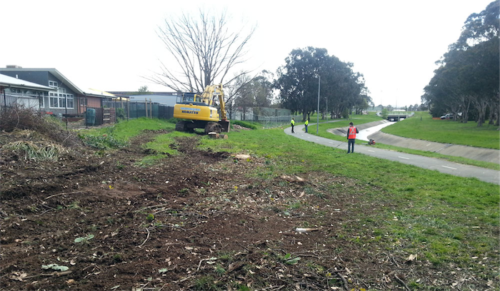
a story of a Christian School corporation, their use of public lands and significant trees being removed. Here’s a link to my opinion piece in City News.

a story of a Christian School corporation, their use of public lands and significant trees being removed. Here’s a link to my opinion piece in City News.
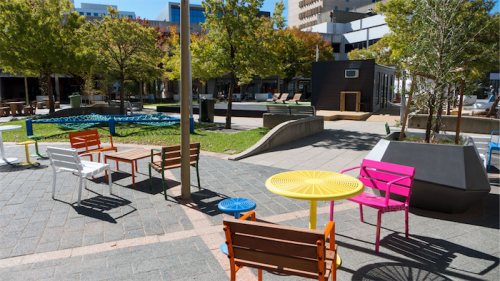
The Greens/Labor coalition ACT government is infamous for its cabal of ministers who are making a mess of Canberra’s planning and development. What is happening in the Woden Centre demonstrates this. click here
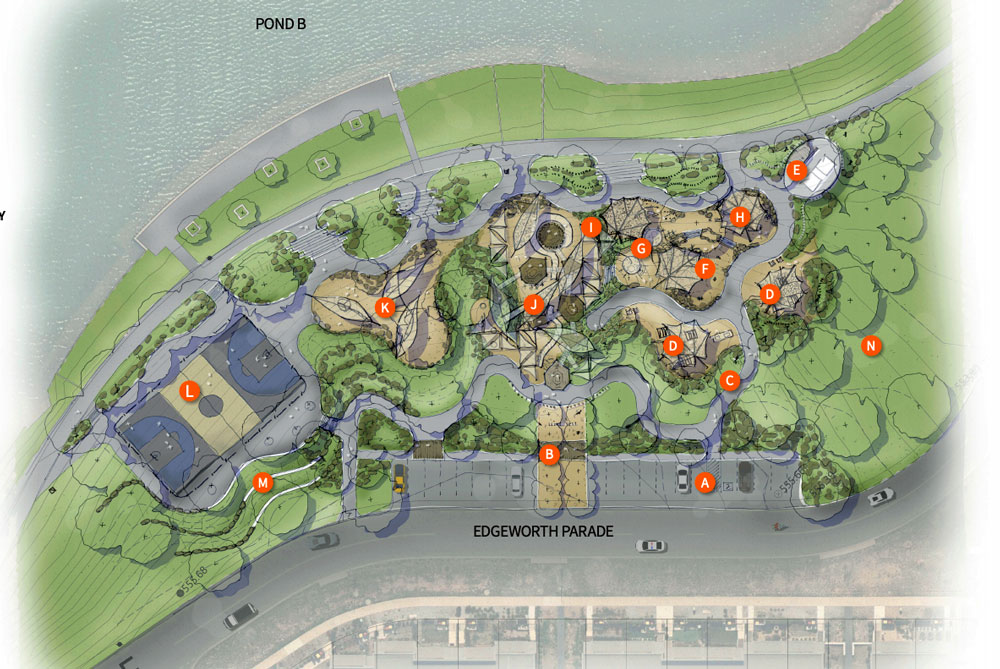
Imagine this. You have bought a home and paid extra for views of the hills and to be opposite a quiet park alongside a pond with bird life and other animals. Trouble is the ACT Government then wrecks the place.. click here
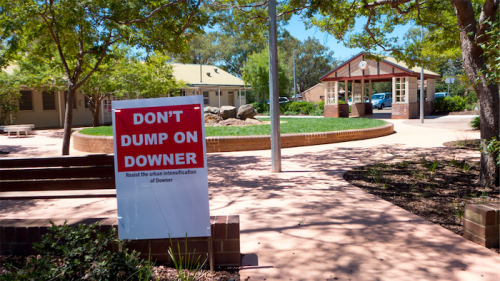
You can tell when residents are hitting the government where it hurts – when the press coverage from the government turns to spin – and more spin. There is no doubt that this is a response to the successes the pesky residents of Downer have had in getting attention through their brilliant “Don’t Dump on Downer” grassroots campaign. Click here.
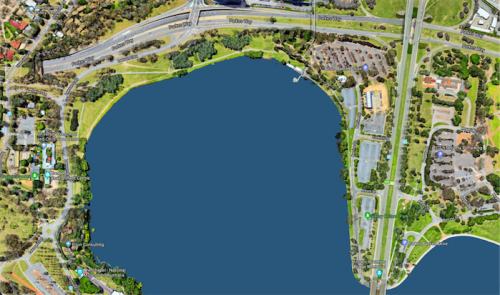
With the Christmas release of the draft City and Gateway Urban Design Framework, the ACT Government’s City Renewal Authority undertook media advocacy during February for an apartment suburb on West Basin. The ACT Government continues with its proposal for West Basin against the opposition of the Canberra community – click here.

It is annoying to constantly experience the culture within this ACT government that delivers a daily onslaught of spin. Who writes this stuff? Don’t they realise how hollow they sound? What do they think this nonsense achieves? click here for my piece on this

This a sad tale of people sitting on the fence while part of the heritage of the suburb of Downer is to be removed. Click here.

THE ACT’s muddle-headed bureaucrats keep coming up with planning brochures laden down with alternate facts and marketing spin. Ministers then blindly sign letters to residents based on the bureaucrats’ gobbledygook and then wonder why people get upset. I wrote about what is happening in Downer in City News.
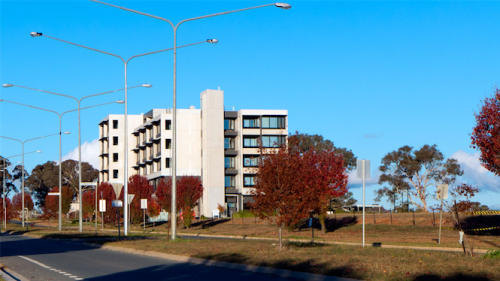
No surprise here! The ACT Government often plays with the truth.
Here’s my piece in City News on this.

Social housing in Canberra as overseen by the ACT Government is not something seen as being well done. Here in Canberra’s inner north residents are involved in a long running battle to save some precious community land being rezoned for residential use – with social housing being used as the Trojan Horse. Here’s my piece in City News
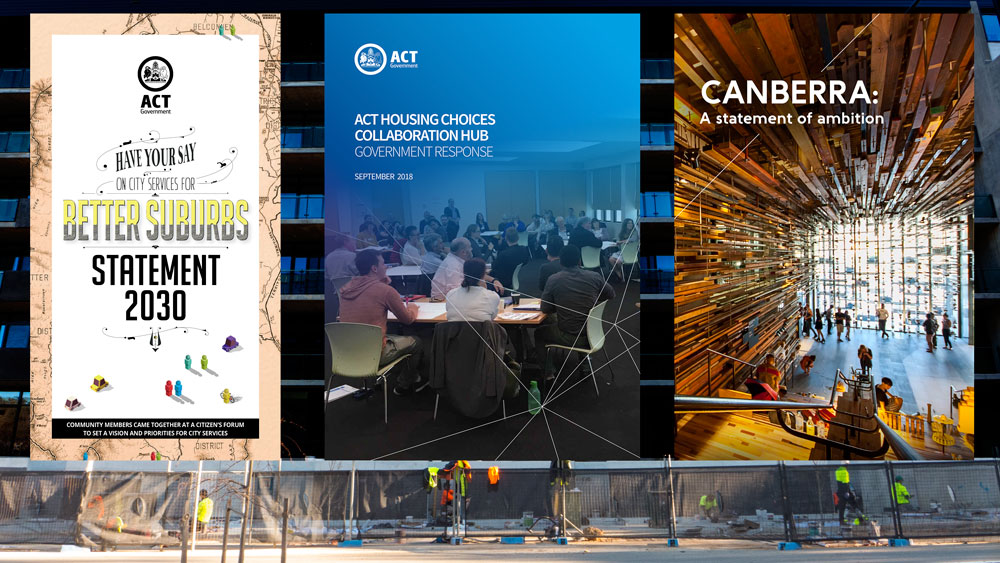
The ACT Government has a bad reputation in its dealings with residents and their concerns for the future of Canberra.
I have written about this topic in City News – here’s my piece – click here.
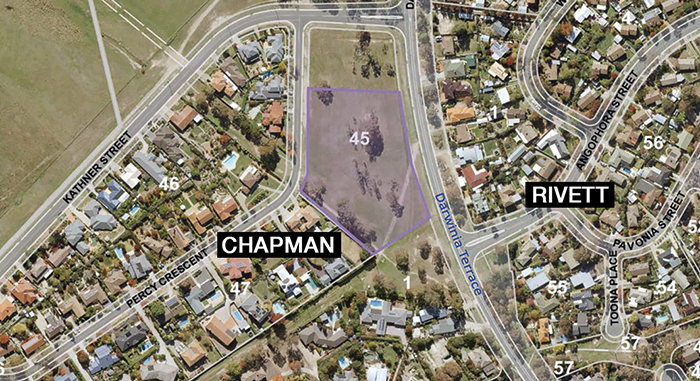
When your government plays dirty and is not transparent – things get really tough for the local residents.
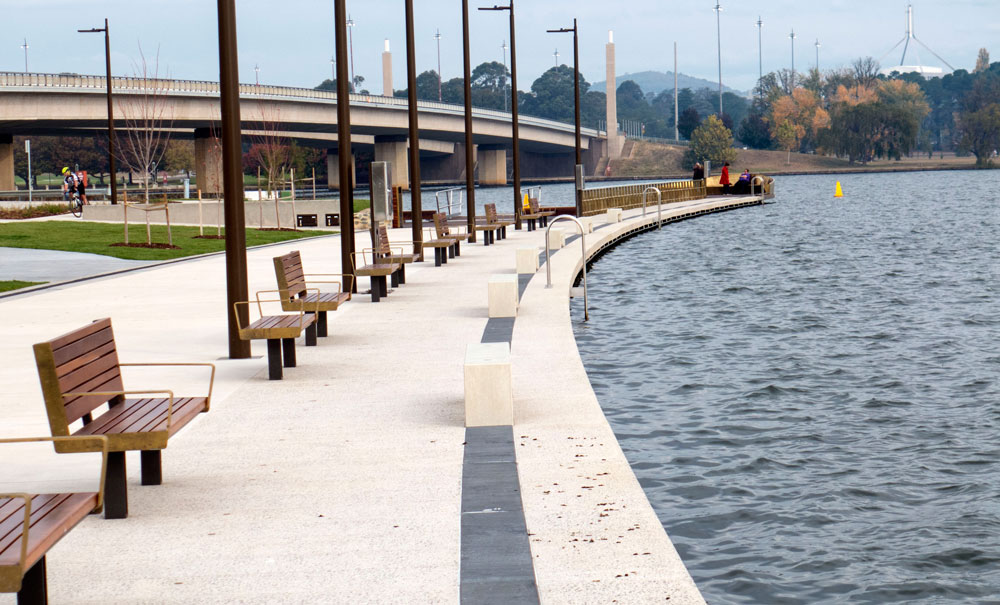 #01
#01
Here’s the official spin on this new park – click here. Watch this space for my thoughts on this park when they are published in CityNews.

Surprising things can happen when you are involved in advocacy with the ACT Government on urban environment issues.

Dr Elizabeth Farrelly sets the scene for how planning might navigate the post-truth political landscape – click here.

Sad story from Manchester. Lesson? – watch out for the spin when developments are announced. click here
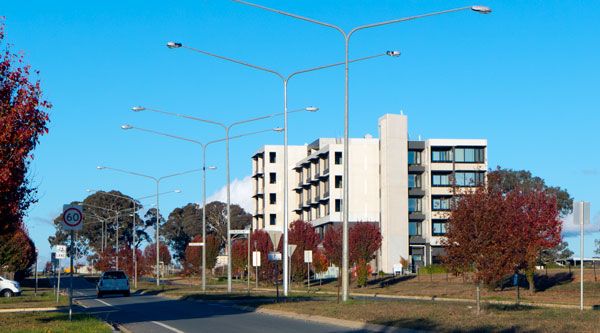
Local politicians, like our federal friends, love to take a key social issue and link it to another in order to wedge the residents.

There’s a call by the ACT Government for residents to go online and to offer thoughts on the future of Haig Park.
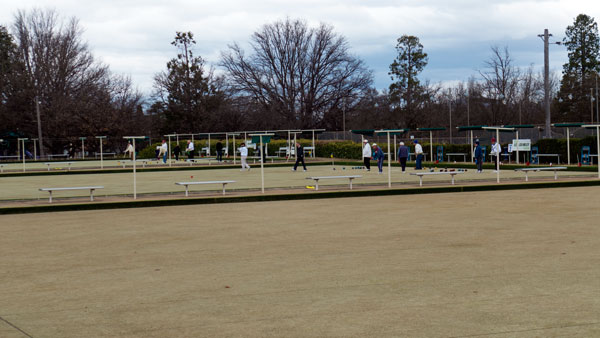
The Canberra City Bowling Club site in Braddon has now been the subject of articles across several blogs.
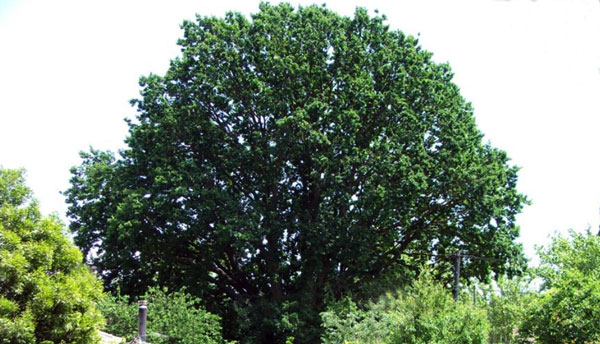
This is a tale of an entrepreneur, a tree and a possible (lost?) good planning opportunity.
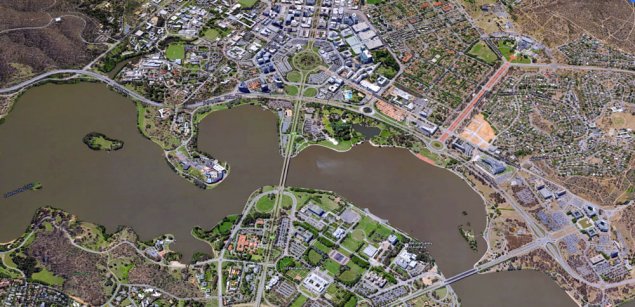 There’s been a load of positive mainstream press about the wonders of the ACT Government’s major project for the centre of Canberra, The City to Lake Project.
There’s been a load of positive mainstream press about the wonders of the ACT Government’s major project for the centre of Canberra, The City to Lake Project.
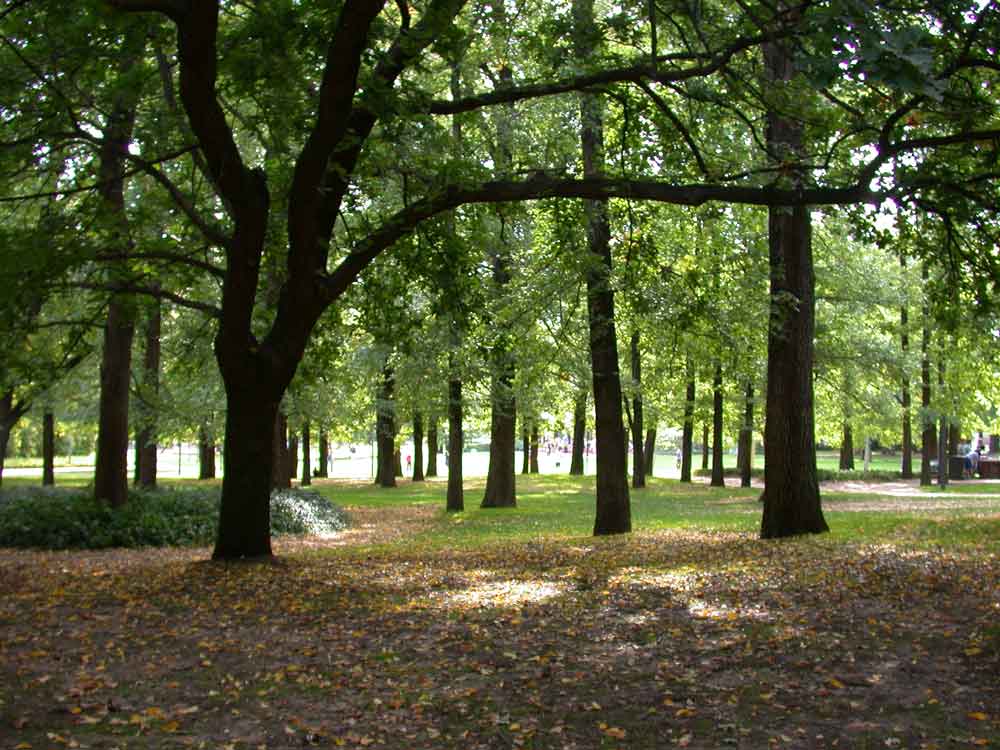
Here’s a few links on current research and commentary on green spaces, our cities and health.
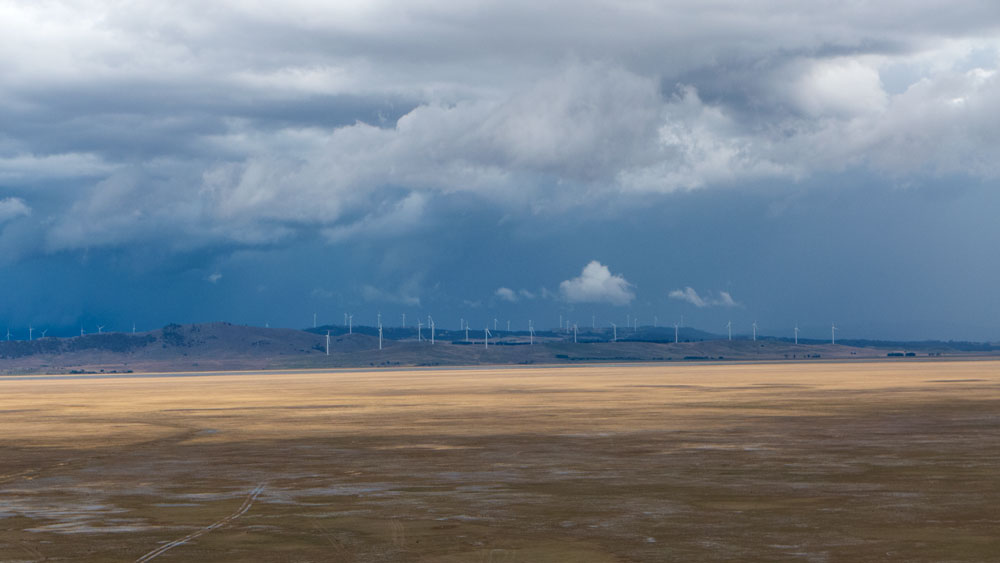
I like to drive. I enjoy the drive to and from Sydney. It is not everyone’s favourite drive but I find there is always something happening and there are always changes due to the weather and/or the season.
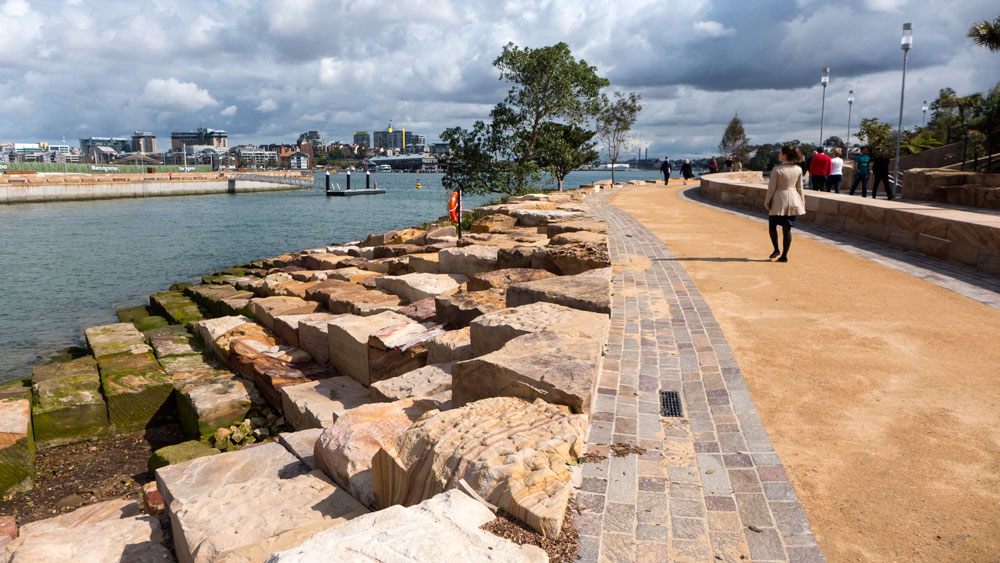
Barangaroo Reserve, opened to the public in August 2015. It was immediately greeted with much enthusiasm and was declared a success.
 Central Canberra needs a dedicated open space for large special events at any time of the year.
Central Canberra needs a dedicated open space for large special events at any time of the year.
The park celebrated its tenth anniversary last June. This first image is from their own website.
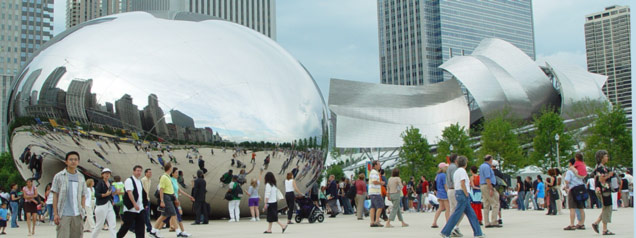
The Queensland state government spent millions on the Roma Street Parklands. This parkland was set to add huge value to any apartments built around its edges. One would have thought that the City would have insisted on at least some higher levels of design for such buildings. Continue reading Roma Street Parkland, Brisbane, Part Two
I first visited these gardens and parklands back in 2004 and was very impressed then. This parkland project was a major commitment by the then state government to re-develop a former industrial site and to join it to the existing Albert Park to form one larger parkland, the Roma Street Parklands. I highly recommend anyone and everyone visiting Brisbane to allocate at least an hour to wander about these parklands ten minutes or more away from the Brisbane CBD. (click on any image to enlarge it)
It should always be celebrated when a city council looks after its city parks. The property and development lobbies of this world see these public spaces as potential for profit-making development sites and would be always on hand to lobby for any reduction such public open spaces. Prince Alfred Park in Surrey Hills in Sydney has just benefited from a wise city council that has invested in some upgrades on this fabulous inner city parkland.
This is a proposal to enhance some present green infrastructure within inner north Canberra.
The North Canberra Greenway could be formed by linking and then enhancing the present green infrastructure elements throughout inner north Canberra.
There’s many a piece of research and publication about the links between access to parks and people’s health and wellbeing. Any urban area that includes ample public green spaces will always be sought after and the benefits are evident in the community attitudes towards their residential areas. Parks enhance the sense of community.
Most Australian urban areas usually have had parks provided as part of the urban infrastructure. However in too many cases these parks and open spaces end up not being maintained well and sadly many also become places of neglect.
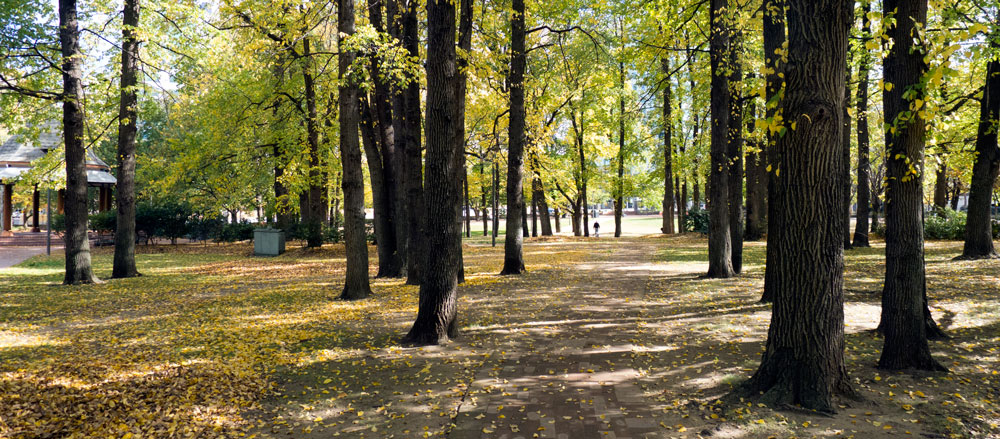 There’s many a piece of research and publication about the links between access to parks and people’s health and wellbeing. Any urban area that includes ample public green spaces will always be sought after and the benefits are evident in the community attitudes towards their residential areas. Parks enhance the sense of community.
There’s many a piece of research and publication about the links between access to parks and people’s health and wellbeing. Any urban area that includes ample public green spaces will always be sought after and the benefits are evident in the community attitudes towards their residential areas. Parks enhance the sense of community.
and yes, we should be looking after them.
During times of heat, drought, and extreme temperatures, it really demonstrates how the planning of Canberra, ‘the garden city’, was based on serious misunderstandings.
click on any photograph to enlarge it
Beware politicians and designers: We love our Lawns
In a previous post I had spoken of Australia’s love of the lawn. (click here)
In particular I mentioned a local battle over Green Square at the Kingston Shops in Canberra whereby the local government had replaced a green square of lawn with a designed space, complete with brick walls and seating and drought friendly, low maintenance plants.
Developed by the American Society of Landscape Architects, this presentation will assist advocacy to deal with the forecasted food shortages as climate change kicks in. The presentation demonstrates how to turn a conventional community into an edible city. Learn how to transform unproductive spaces into agricultural landscapes that help fight obesity and reduce food deserts. Make sure you note the address and send it onto anyone in decision making roles.
Developed by the American Society of Landscape Architects, this presentation should assist anyone with their advocacy for Revitalizing Cities with Parks. In these times of reactionary governments and tight budgets, it is important to maintain efforts to introduce the simple idea to create more parks.
Developed by the American Society of Landscape Architects, this presentation will assist advocacy for more resource allocation for urban forests. Governments need to deal with climate change in the urban areas, and dealing with urban forests is a good place to concentrate some resources. The urban forest issues are linked to the population’s health and wellbeing and avoiding heat island effects.
Despite all the evidence and all the advocacy, our political leaders are still not up to the challenge of dealing with something that is a threat to life as we have come to know it here on this planet. True leadership seems to be in short supply these days.
There are a host of professions that could be showing much greater leadership. Many have learnt to be spin doctors and have filled pages with their commitments and their policies. All this is very nice and very polite.
While sustainable settlements debates more often than not focus on such key issues as climate change, carbon, energy, green infrastructure, weather etc, emphasis must also remain on the rights of children to have access to play.
It is overdue that planning and development legislation to be inclusive of the ‘need to create time and space for children to engage in spontaneous play, recreation and creativity, and to promote societal attitudes that support and encourage such activity’ (1989 UN Convention on the Rights of the Child article 31).
The problem has been that play has been a separated issue for planning. At worst it is a token of optional matter to be addressed. The contemporary view is that whether the planning is for a street, a park, a suburb or any form of redevelopment of urban areas, play and the rights for children to have access to safe and engaging recreation must be as important as the rest of the requirements. This is rarely the case.
In Australia planning authorities and government administrative services sections still do not address the proven links between health and the access to open spaces. One has to only look to the small budgets for parks initiatives and worse still to the shrinking allocations for park maintenance within local governments.
Meanwhile all our governments are under stress because of the increasing requirements being identified under their health portfolios.
Living in an urban area with green spaces such as parks has a long-lasting positive impact on people’s mental well-being, a study has suggested. UK researchers found moving to a green space had a sustained positive effect, unlike pay rises or promotions, which only provided a short-term boost.
The authors said the results indicated that access to good quality urban parks was beneficial to public health. The findings appear in the journal Environmental Science and Technology.
Sydney’s Central Park development, Chippendale, Sydney
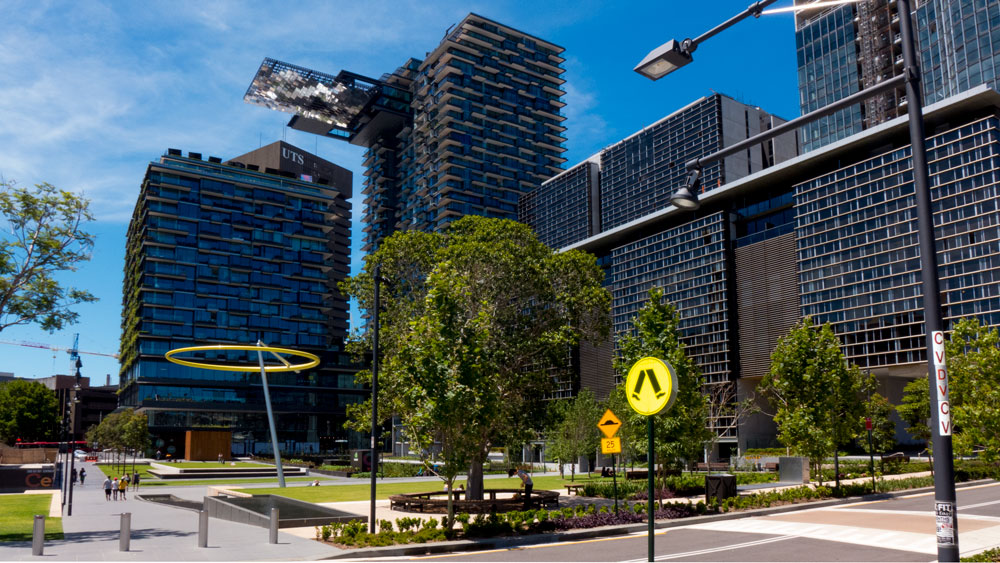 photographs by Paul Costigan – click on image for larger
photographs by Paul Costigan – click on image for larger
The Central Park development of the old brewery site opposite UTS in Sydney, has attracted much attention in the last couple of years. Most of this was in the form of churnalism, being column space based on using the developer’s media releases. There has also been the expected paragraphs of praise by ‘industry’ experts in profession’s trade magazines.
On the western edge of Canberra’s CBD, next to the Australian National University, on the side of Black Mountain, sits one of the National Capital’s often overlooked treasures, the Australian National Botanic Gardens. Although it figures in tourist brochures, I am not aware of large numbers of visitors. I am also not convinced that local Canberrans visit this site very often or that they think to take their visitors there.
This is an opinion piece, not just on a particular park, but about the story behind the park. This park is run by a not-for-profit organization. Should there be more of these in Australia as local government budgets get squeezed and the green infrastructure, trees etc, are being placed low on the priority? Many parks and recreation managers, urban tree supervisors and/or landscape project officers tell the same tale that their resources are being reduced and even the day-to-day maintenance is falling behind.